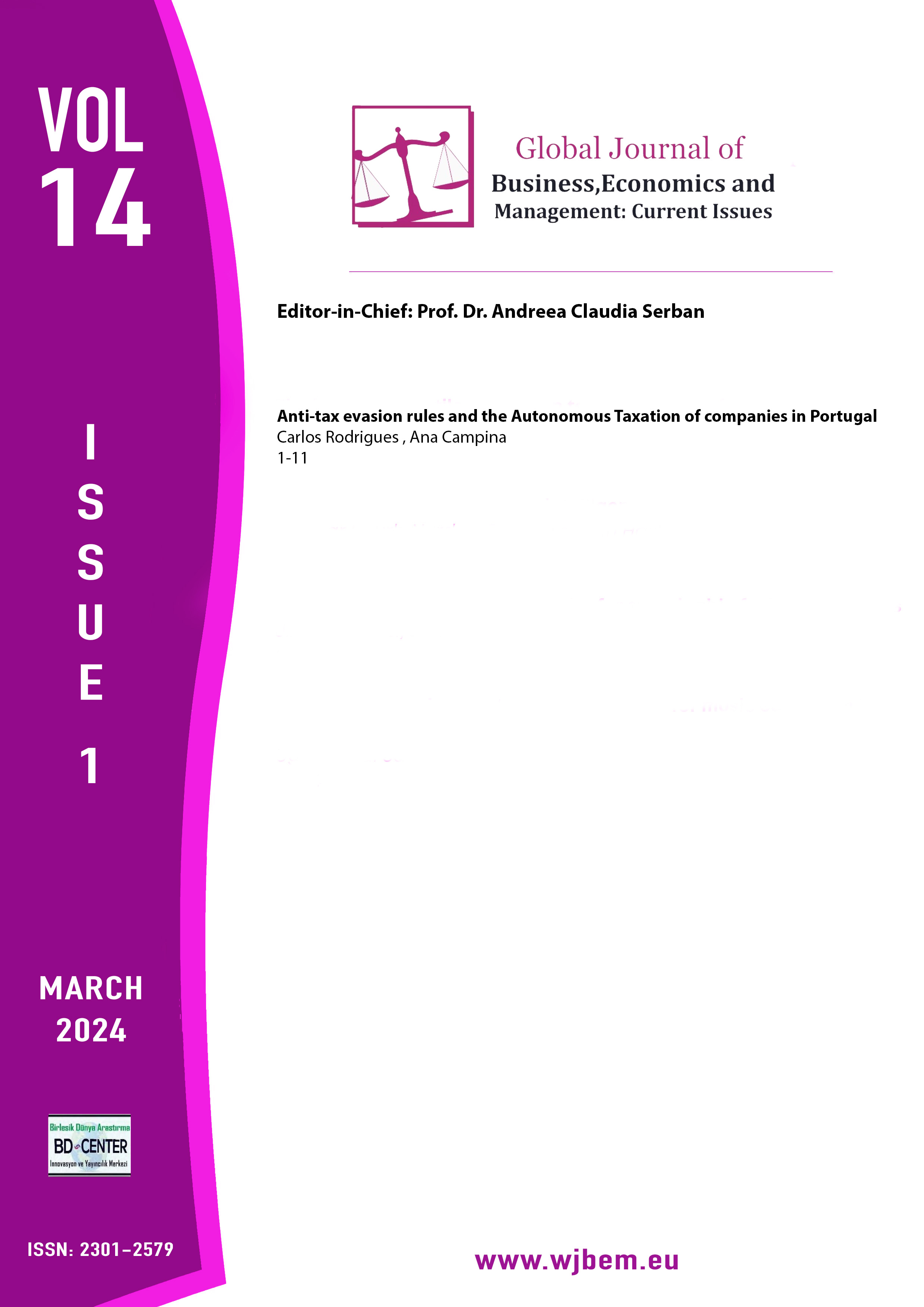A research proposal to examine psychological factors that influence financial planning for retirement in China
Main Article Content
Abstract
The life expectancy rate of individuals worldwide has risen, and China is not excluded. Combined with an aging population, increasing pressure on the pension fund system, and a lack of savings, it poses a significant challenge to financial security unless measures are taken to improve individuals’ planning and financial well-being in retirement. This study aims to examine the psychological factors that influence individuals' FPR, thereby expanding the explanatory models for retirement savings decisions and behaviors. Using the CWO Model and supported by image Theory and the 3M Model, this research focuses on how the interaction between future time perspective, risk tolerance, retirement goal clarity, subjective financial literacy and objective financial literacy as psychological characteristics influence individuals' FPR. To obtain meaningful results, back translation was used to check the accuracy of the preliminary translation of research instruments. This translation method was also combined with the pretest method of expert reviews and cognitive interviews to increase the validity of the survey questionnaire. A purposive sampling technique will be applied to collect data from adults who are over 23 years old and have a certain income stream in six cities in China. The Structural Equation Modelling software will be used to examine the hypotheses of direct and mediating effects. This study has implications for financial market regulators, policy makers, and consumers.
Keywords: CWO model; decision-making; financial planning; financial literacy; psychological factors; retirement
Downloads
Article Details

This work is licensed under a Creative Commons Attribution-NonCommercial-NoDerivatives 4.0 International License.
The Global Journal of Business Economics and Management: Current Issues is an open-access journal. The copyright holder is the author or authors. Licensee: Birlesik Dunya Yenilik Arastirma ve Yayincilik Merkezi, North Nicosia, Cyprus. All articles can be downloaded free of charge. Articles published in the Journal are Open-Access articles distributed under the CC-BY license [Attribution 4.0 International (CC BY 4.0)].

